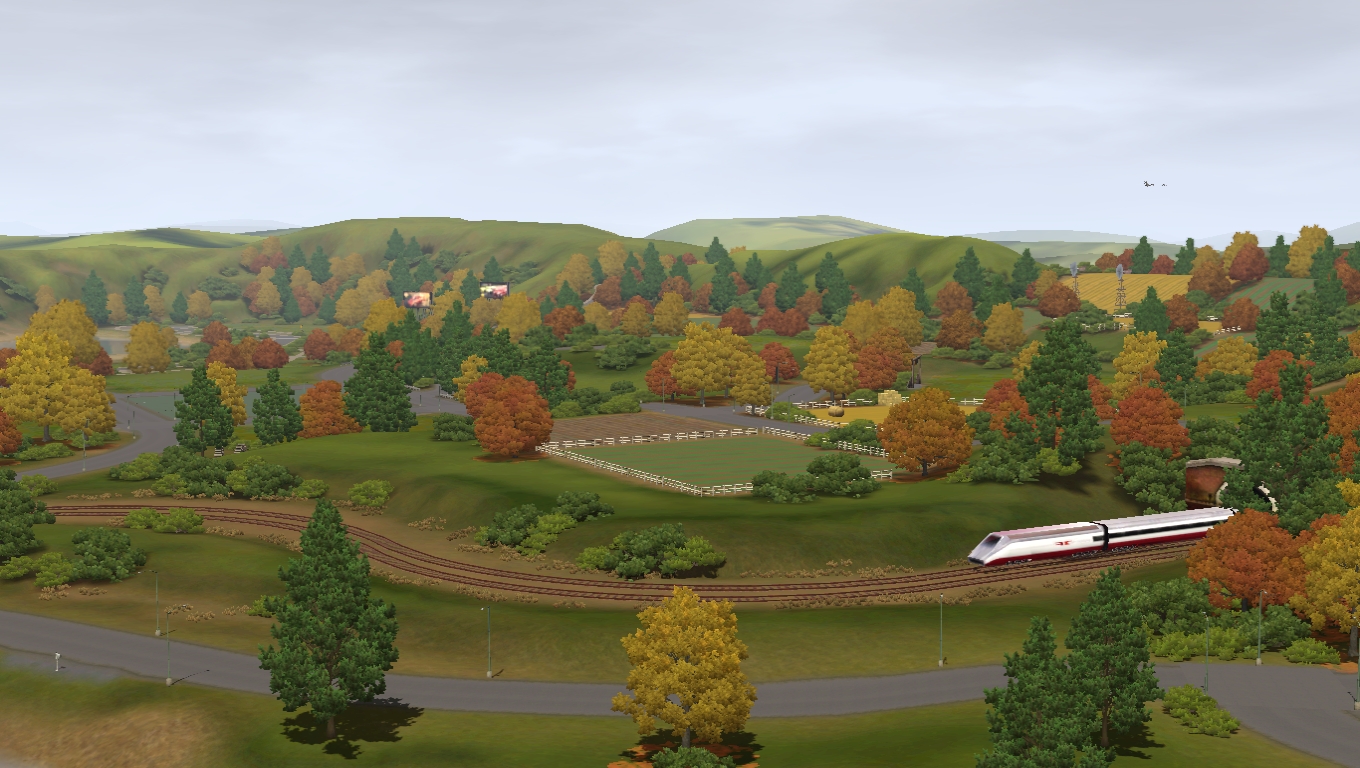
The use of "rail-haul" permits landfills to be located at more remote sites, without the problems associated with many truck trips. In addition to trucks, some landfills may have equipment to handle railroad containers. The weighing process can assemble statistics on the daily incoming waste tonnage, which databases can retain for record keeping. If necessary, they return to the weighbridge for re-weighing without their load. Before leaving the landfill boundaries, the waste collection vehicles may pass through a wheel-cleaning facility. After loads are deposited, compactors or bulldozers can spread and compact the waste on the working face. Afterward, the waste collection vehicles use the existing road network on their way to the tipping face or working front, where they unload their contents. They can also cover waste (usually daily) with layers of soil or other types of material such as woodchips and fine particles.ĭuring landfill operations, a scale or weighbridge may weigh waste collection vehicles on arrival and personnel may inspect loads for wastes that do not accord with the landfill's waste-acceptance criteria. confine waste to as small an area as possible.

Operators of well-run landfills for non-hazardous waste meet predefined specifications by applying techniques to: Garbage dumped in the middle of a road in Karachi


 0 kommentar(er)
0 kommentar(er)
